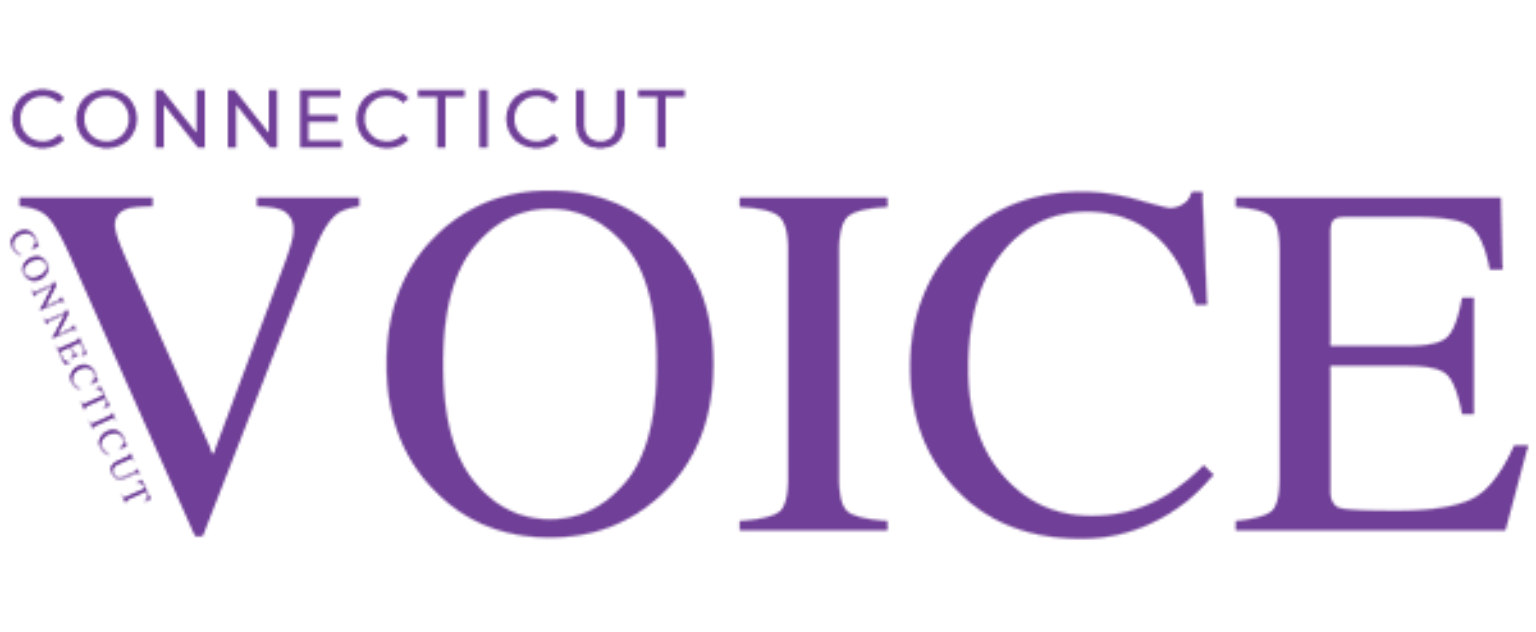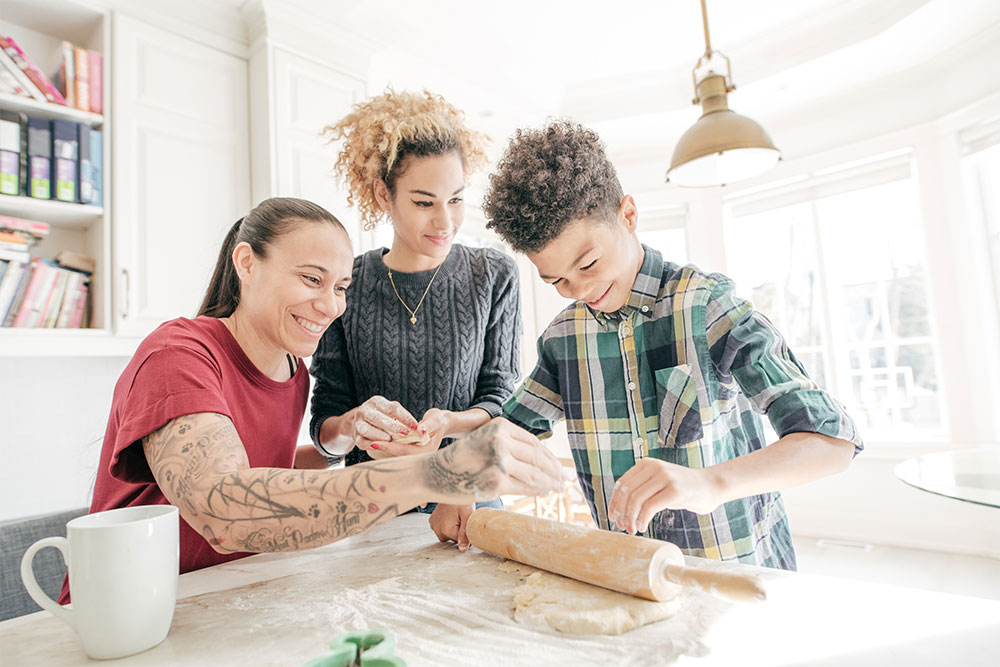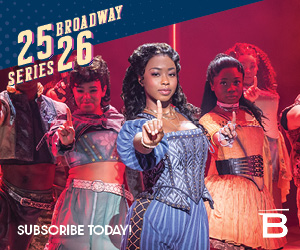State Seeks LGBTQ People Willing to Foster or Adopt Youths
By Jane Latus
Has the parenthood bug bit you? Are you considering adoption? If you’re an LGBTQ couple or individual, the Connecticut Department of Children and Family Services (DCF) has a message for you: you are more than welcome.
Queer parents who have adopted through DCF also have something to tell you: DCF means it. “They will welcome LGBTQ parents with open arms,” says John Pica-Sneeden of East Windsor, who with husband Brian is in the process of adopting their sixth child.
Adoptive parents say Connecticut has always been ahead of the curve in a country where, elsewhere, legal and de facto obstacles to adoption by LGBTQ parents still exist (such as prejudices of individual child welfare workers).
If Connecticut’s embrace of LGBTQ adoptive parents is news to you, DCF would like to change that. It launched an outreach campaign in 2018, going to LGBTQ community centers and organizations. Around 90 applications resulted from that effort. DCF and the 16 agencies it works with statewide to recruit, license and support foster and adoptive parents, continue to reach out to the queer community to let them know they are actively wanted. And not only because they are needed, but also because they are exceptionally well-suited for the job, and –statistics show – more willing.
“They’re very intentional about becoming parents. They’re very attuned to what it’s like being an outsider, which is what most foster children have been. They are very thoughtful, and do a lot of planning about their families. It’s not just a simple matter of biology,” says Carissa Cunningham of Boston, a communications consultant who worked with DCF. “LGBTQ parents tend to be older when they become parents and have a certain level of stability in their lives.”
If you have any doubt, just take it from someone who knows: an adopted kid. Brad Kleinerman and husband Flint Gehre of Avon have three adopted sons. When son Ray came home from kindergarten one day, he told his parents another kid had asked him, “Why do you have two dads?” Ray had answered, “Because I’m lucky!”
The Need
The biggest demand is for foster parents because, as DCF Director of Foster Services Natalia Liriano explains, “The goal is to reunite the child with their family of origin.”
On the spring day we spoke, 3,876 children were in DCF’s care. Of those, around 450 were “legally free” for adoption, meaning parental rights had been terminated. Except for those children, the adoption process is “foster-to-adopt.”
Liriano says DCF appreciates knowing up front whether parents are open to fostering, or have their hearts set on adoption. When fostering-to-adopt, people “need to understand there’s risk in that, that if that kid goes back home, your heart might get broken.”
Ninety-three percent of children in the state’s care are living in a family setting, almost half of them with kin, says Liriano; the other 7% are in congregate care. Forty-four percent are age 6 or younger, 22% are ages 7 to 12, 21% are 13 to 17, and a small group is 18 and older.
Children end up in DCF’s care for a variety of reasons: neglect, abuse, abandonment. They may have been exposed to domestic violence, unaddressed mental health issues, or substance abuse. They aren’t newborn babies who have experienced nothing but loving arms. Fostering or adopting requires a big heart, but also open eyes and commitment.
A 2013 study by the Williams Institute at the UCLA School of Law reveals one reason why adoption agencies are smart to court the queer community: “Same-sex couples raising children are four times more likely than their different-sex counterparts to be raising an adopted child.”
Looked at from another angle, the study found: “Among all children under age 18 being raised by same-sex couples, approximately 1 in 10 (10%) are adopted, compared to just 2% of children being raised by different-sex couples.”
Yet Cunningham says that when she began her work in Connecticut, she found that some in the gay community “didn’t even know it was legal for them to adopt. Not only had it been legal a long time, but they were welcomed by DCF.”
Parents’ sexual orientation and gender identity is irrelevant to DCF, in the sense that there’s no checkbox for these things on forms. DCF doesn’t keep any such records. No one knows how many LGBTQ parents have adopted children in the state – but social workers say they are happy to see that the number is growing.
Allison Casinghino is foster care specialist at Wheeler Clinic, one of the agencies that works with DCF to support foster and adoptive families. “In every training I’ve done for eight years, we’ve had at least one or two same-sex couple or LGBT individuals,” she says.
That wasn’t always the case. “Seven years ago, this lesbian couple came to my table [at an event] and said, ‘I’m sure the answer is no, but can we adopt?’”
Queer Kids Disproportionately Need Families
Being LGBTQ is the reason many kids need a home. Most of the children Wheeler Clinic places are ages 10 to 17, and Casinghino says about 30% of them identify as LGBTQ. She suspects the number is higher.
“They already have so much confusion and uncertainty in their lives, so they are less likely to proclaim their identity than if they were in a stable situation. One individual I know in particular, that’s the reason he was abused,” she says, trailing off into a brief silence. “The wonderful part of my job is I get to find them homes that love and accept them. He’s in a very good place now.”
Just because children are queer doesn’t mean they need queer parents; they just need someone who will accept and love them, she says.
But in John and Brian Pica-Sneeden’s case, after adopting five kids who are straight, they deliberately chose to adopt a gay teenager.
“When you look at a group of people who have been cast aside, scorned or ridiculed – it just reminds you of what happened to you,” says John Pica-Sneeden.
When their son’s social worker told him he’d be going home to a gay couple, the boy later told John, “I was so happy to hear that.”
Ways to Adopt
There are different types of adoption. Public agency adoptions (in Connecticut’s case, through DCF) are usually foster-to-adopt, but there are some children who are legally free for outright adoption. There is no cost, and training and services are provided. So is medical insurance, and full tuition for Connecticut colleges and universities.
In independent adoptions, parents seek out on their own birth parents willing to put their child up for adoption.
International adoptions require a consultation with the U.S. State Department to see which countries allow LGBTQ adoptions. The Human Rights Campaign advises, “At this point, it is very difficult to pursue an international adoption as an openly same-sex couple, or as an openly single LGBTQ person.”
A Second Adoption is necessary to secure both parents’ legal rights if they are unmarried or if the state’s adoption law doesn’t allow both to adopt. These can cost from a few hundred to a few thousand dollars.
DCF’s website is a good place to start, with answers to frequently asked questions and phone numbers to call for more information. Applications can be submitted online, and there is no obligation to proceed. Ten-week training sessions are offered repeatedly throughout the year, at many locations.
To sum it up, says DCF’s Liriano, “You say ‘I’m interested,’ and we walk you through it.” All DCF – and children – want from you, she says, “is unconditional love, to give them structure, and to give them a place they can always call home.”









More Stories
How Can They Keep from Singing?
“My anger problems became a success” – Artist Diane DiMassa on the Collection of her Classic Underground Comic
Connecticut Sun: Playing for Good